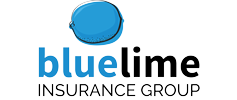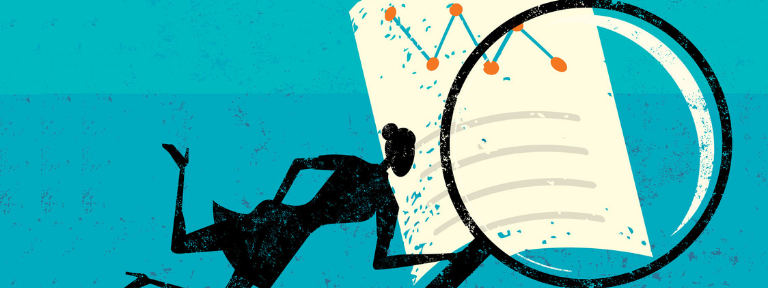
Residential community management organizations, such as homeowners’ associations and condominium associations, are frequent victims of fraud and embezzlement. The volunteer nature of an HOA board also makes them a prone target for fraud.
It can be difficult for an HOA community to recover after major fraudulent activity. The association will be left with a potentially-catastrophic gap in their budget with little hope of fully recovering the funds. If the association tries to gather special assessments to recoup the funds, residents may become angry, and the reputation of the community could suffer. Additionally, banks may be leery to lend more money to the HOA after it experiences preventable losses due to fraud or embezzlement.
Following are several common signs of embezzlement to be on a lookout for. Each can be harmless in and of itself, but when a few of these events are reoccurring, occur together, or happen under questionable circumstances, it could be a sign of a bigger problem:
- Balances in some accounts higher than budgeted amounts
- Multiple payments to a single vendor (often for the same amount)
- Single-source contracts
- Vendor addresses on invoices are either post office boxes, or the same as that of an employee or board member
- Missing documents, letters, bills, etc.
- Delayed bank deposits
- Fees paid for “consulting” or similar memos
- Accounts payable and accounts receivable do not balance
- An employee who gets defensive when asked questions about accounting or bookkeeping
- Drinking, drug, or gambling problems
- Services paid for before they are performed
- Overbuying goods or services and/or unnecessary or excessive repairs
- Employees who only turns in copies of receipts, rather than actual copies
There are several key measures that can be taken in order to prevent embezzlement or fraudulent activity:
- Create and enforce a culture of transparency and accountability. Be proactive! HOA board members must take the time to go through records and paperwork to ensure that everything is in line. Each member must be held accountable for money, supplies, and inventory. Simply knowing that all of board members are involved and pay attention to the details of the association’s accounting will be a huge deterrent to potential embezzlers.
- Have checks and balances in place at each point of the accounting system. The person who signs the checks should not be the person who verifies invoices. Similarly, a third person should be responsible for checking invoices against supplies and services. Members who receive money should not be the same members who balance the books. Furthermore, it’s important to require two signatures on all checks; the person who prepares the checks should not have the authorization to sign them. Keep all bank accounts in the name of the association, and never in the name of an individual.
- Have proper training for incoming board members. Since HOA board members are volunteers, they don’t always have the professional training that will help them understand their role in the accounting process. Consider bringing in a professional (either as a part-time consultant, or simply to help author a training guide for new members).
- Use a lock box or EFT system for assessment collections. This will reduce the number of hands that handle the checks, and will increase the probability that all checks make it to the HOAs bank account.
- Require timely month-end financial statements and bank statements, and ensure that they are reviewed.
- Keep all bank records and access privileges updated. Report all personnel changes to the bank within one day of any board member changes to prevent any lapse.
- Conduct periodic audits, and don’t announce all of them.
Additionally, make sure that your HOA has the proper Crime & Fidelity bonds listed in the association’s insurance policy. The correct insurance coverage can replace any missing funds in a matter of weeks. If you lose $100,000 and the association carries fidelity insurance, but it is only minimum coverage, you will still find it hard to recover!
Crime insurance coverage is available because most commercial property or business policies do not cover crime-related losses. A business can also purchase business crime insurance as a standalone policy to add to the other insurance policies or package it has purchased. Purchasing as a standalone policy allows the business to specify which types of crimes it wants the policy to cover, which can be useful for businesses that are vulnerable to certain types of business crimes but not others. However they purchase insurance, associations should be aware that business crime insurance isn’t automatically covered in an insurance policy unless they specifically include it in the package.
Crime insurance can protect the assets, operations and reputation of the association. This can be doubly so if the HOA deals with cash or in online payment systems, whether those use credit cards or other types of payment methods.
Fraud and embezzlement is largely a preventable crime. By following the above guidelines, your association will likely be able to avoid these concerns. If you have any questions, contact us at Blue Lime today!
